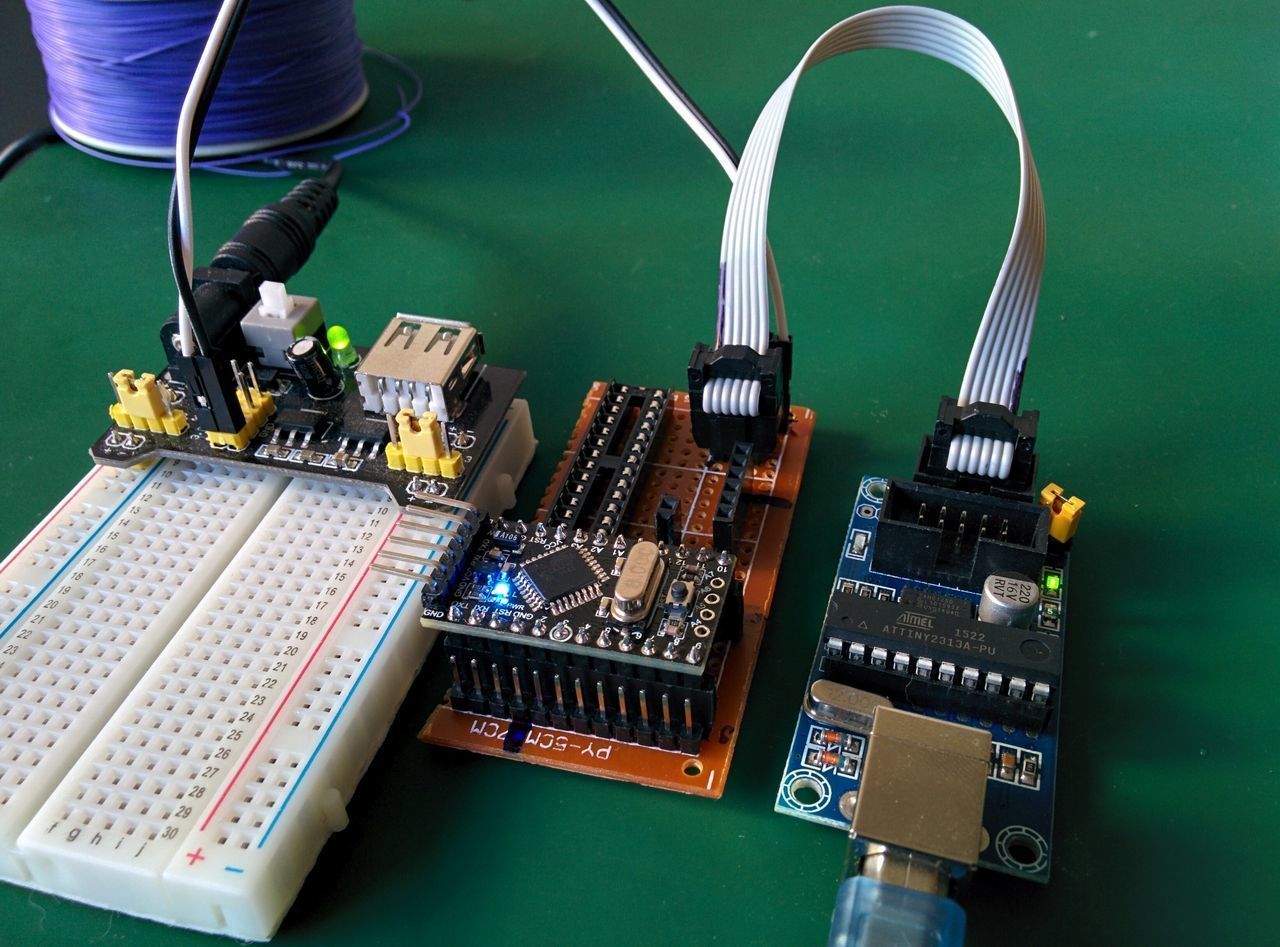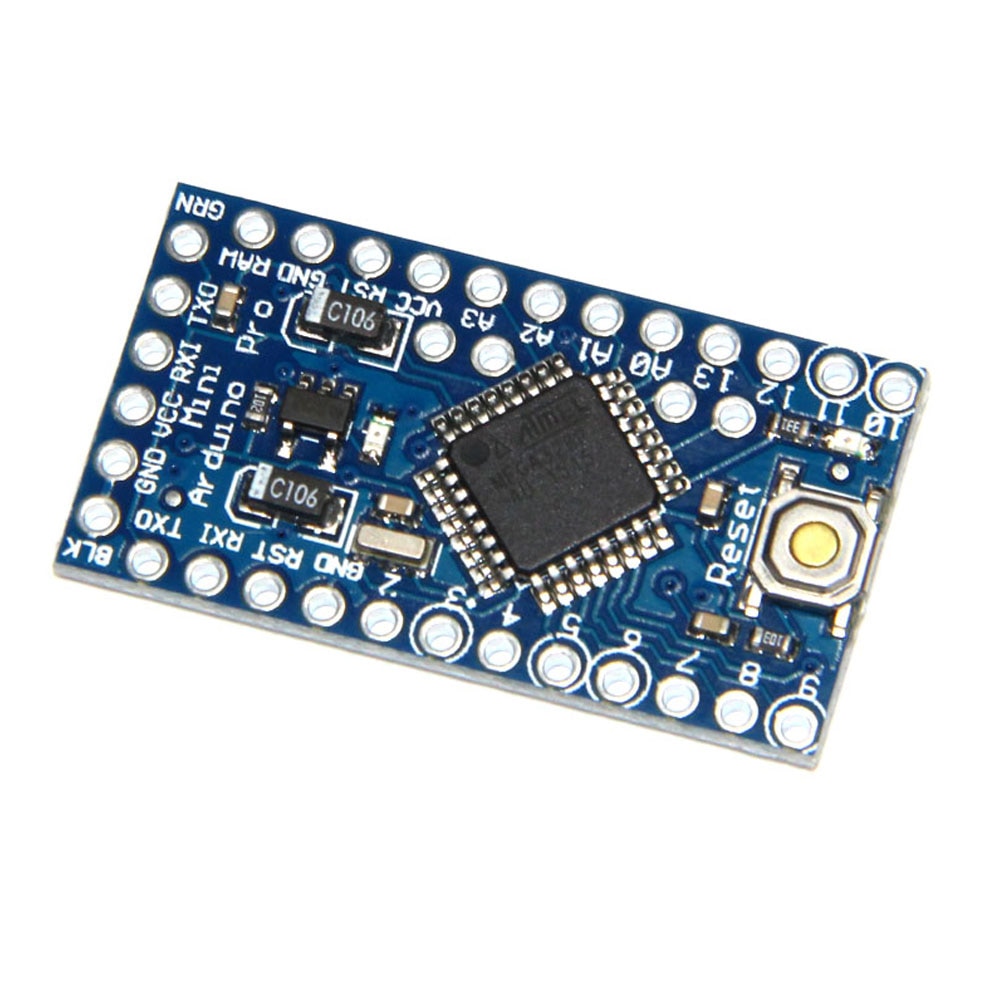

- Arduino pro mini eagle lbr serial#
- Arduino pro mini eagle lbr full#
You can choose any of these options, but check out their differences. Several users have made ULRS Mini modules based on the reference schematic. Edit : recommended voltage is 5V, at 6V the RFM tends to warm too much.
Arduino pro mini eagle lbr full#
I know that not many users have implemented I2C devices, except the Adafruit 16 channels extender, but this port will be very useful soon for the diversity features : you’ll be able to use any two ULRS boards and connect them by the I2C port to have a full diversity system.

Notice that some implementations such as the Sami board have a full voltage shifter chip, which is perfect, but the reference schematic’s objective is to keep it as simple as possible while staying completely reliable.On the Arduino mini library used, the I2C pins are not accessible, so I’ll try to find another better library that includes all the Arduino mini pins.
Arduino pro mini eagle lbr serial#
– same for serial ports (but with the resistors there’s no risk)I considered adopting a real voltage shifter for the RFM, but until now nobody complained about a burned RFM in the ULRS Mini boards : the resistors seem to be sufficient and limit the current to an extremely low value. Notice that on an I2C port we can’t put resistors on the SDA and SCL pins. – if I2C devices are connected we must ensure they can support this voltage.
When I did this schematic, I thought the atmega could only support 5.5V, and that’s why there’s a 5V and a 6V power supply… which isn’t ideal.So the new design will have only one power supply at 6V (which is supported by both atmega and RFM), and probably a switching power supply as the linear ones warms too much in practice.Powering everything at 6V brings some attention points :. Some changes are planned on this schematic :. Not shown on the schema, but the buzzer can be connected on Arduino digital pin 8. It can be reused as is or modified in your own products. The schematic is volutarily kept extremely simple and can be made on a breadboard or prototype board. It could also replace the LM317 but be careful as the pinout is different. A drop-in switching regulator replacement for LM7805 could be this one. Using linear regulators gives a very clean power supply, but they warm easily if powered from the battery. However on the Eagle library used above this pin was not available. This will work, an alternative option would be to connect it directly to the Arduino pro mini ‘DTR’ pin (marked as GRN on the Arduino pro mini boards). The FTDI DTR is connected to the RST pin through a capacitor. In the above schematic please replace R1, R2, R3 and R4 by 1k resistors. ULRS Mini Reference Schematic V1.04 Remarks No need for an external RSSI lowpass filter. All communication pins to RFM23BP, PPM, Serial port, RSSI are resistor protected, which ensures a low current and correct voltage on these pins. Atmega328 16 MHz powered at 5V (3.3V would be outside specifications). No need for NIRQ pin, only 4 pins + power. Arduino mini IO pins facing exactly the RFM23BP pins have been selected, can easily be implemented on a breadboard or prototype board. Within specs of the atmega328 for 16 MHz operation (avoids eeprom issues). Ensure higher power for the RFM23BP module. The Arduino mini is one of the smallest Arduino boards, with a size similar to the RFM23BP itself. Widely supported platform, fifth version of the Arduino mini. Integrated voltage regulator, decoupling capacitors, power on LED, reset switch, accessible pins. Must be easy to implement, copy, improve. The reference schematic was based on these principles : One the 11 ULRS Mini designs ULRS Mini Reference Schematic Description






 0 kommentar(er)
0 kommentar(er)
